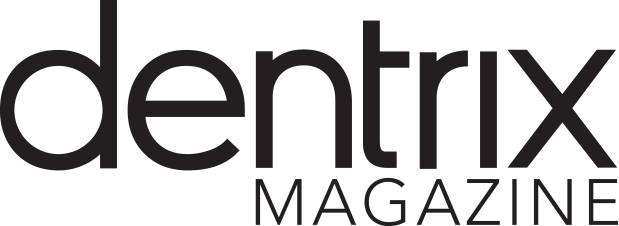One of the most difficult things to manage profitably in your dental practice is your appointment calendar.
Updated 6/30/20
Your team works hard to fill your daily schedule, only to have it fall apart at the last minute due to broken appointments and no-shows. Broken appointments quickly add up to significant losses for your practice. For example, if only one appointment is cancelled each day of the year, your practice could lose from $20,000 to $70,000 in production.
Below are some ways to help you manage your appointment calendar and keep your chairs full.
Know Why Patients Cancel or Don’t Show
Many patients don’t show up for their appointments because they:
- Fear pain, X-rays, drills or needles
- Recently had financial problems
- Felt forced into making the appointment
- Don’t understand the value of the treatment they need
- Got busy and forgot the appointment
Knowing these common reasons helps you take preventive measures to get patients in your chairs and keep your no-show numbers to a minimum.
Give Patients a Reason to Come Back
The clinical team member with the patient should stress—in the most pleasant and positive way—the significance of the next appointment at the end of the patient’s current appointment. Clearly discuss the benefits of their next appointment and educate the patient about the possible risks of not showing up and remaining untreated.
Provide a Variety of Methods to Make Appointments
Many patients like to make their next appointment as they’re checking out of their current appointment. However, a recent Patient Scheduling Report revealed that 40 percent of patients prefer remote appointment scheduling. The report also showed:
- 60 percent prefer scheduling at the dentist’s office
- 30 percent prefer scheduling by phone
- 7 percent prefer scheduling online
- 3 percent prefer scheduling by text
Providing the patient with alternative methods for making appointments allows them to feel more control so they choose a time that works best for them, which means the patient is more likely to keep their scheduled appointment.
Remind Dental Patients of Their Appointments
Many dental appointments are scheduled months in advance. By the time the appointment rolls around, the patient has probably forgotten about it. Sending patient appointment reminders increases the chance they’ll show up for their appointment. The 2015 Patient Scheduling Report found that 30 percent prefer receiving reminders via text.
Reschedule Cancelled Appointments
Sometimes a dental patient must cancel due to family or work emergencies. When this happens, make sure to reschedule the appointment when the patient calls to cancel. This way the appointment doesn’t get lost; it’s simply postponed.
Use Dental Software Tools for Optimal Success
Dentrix is ideal for managing your practice appointment book.
You can program this software to send appointment reminders to your dental patients via their preferred method, i.e., text messages, emails and phone calls.
Dentrix can also keep track of all your patients and find those who are inactive and overdue for a visit. This helps keeps patients from slipping through the cracks.
Keep a Current Short-Call List
When patients cancel or don’t show up, having a short-call list helps you avoid losses. Your short-call patients have indicated they want to be seen anytime and are often available last-minute to fill open time slots in your day’s schedule. This list must be constantly maintained to remain up to date.
Trying to fill empty chairs at the last minute is a reactive way to do business. It’s more proactive to be prepared for no-shows, educate and remind your patients about appointments and help them feel comfortable and appreciated.
Learn More
To learn more about communicating with patients about appointments, visit www.dentrix.com/products/eservices/patient-engage.
Read Don’t Let Patients Fall Through the Cracks in Your Hygiene Program for more ideas about keeping your schedule full.
Originally published in the Dentrix eNewsletter, March 2016





